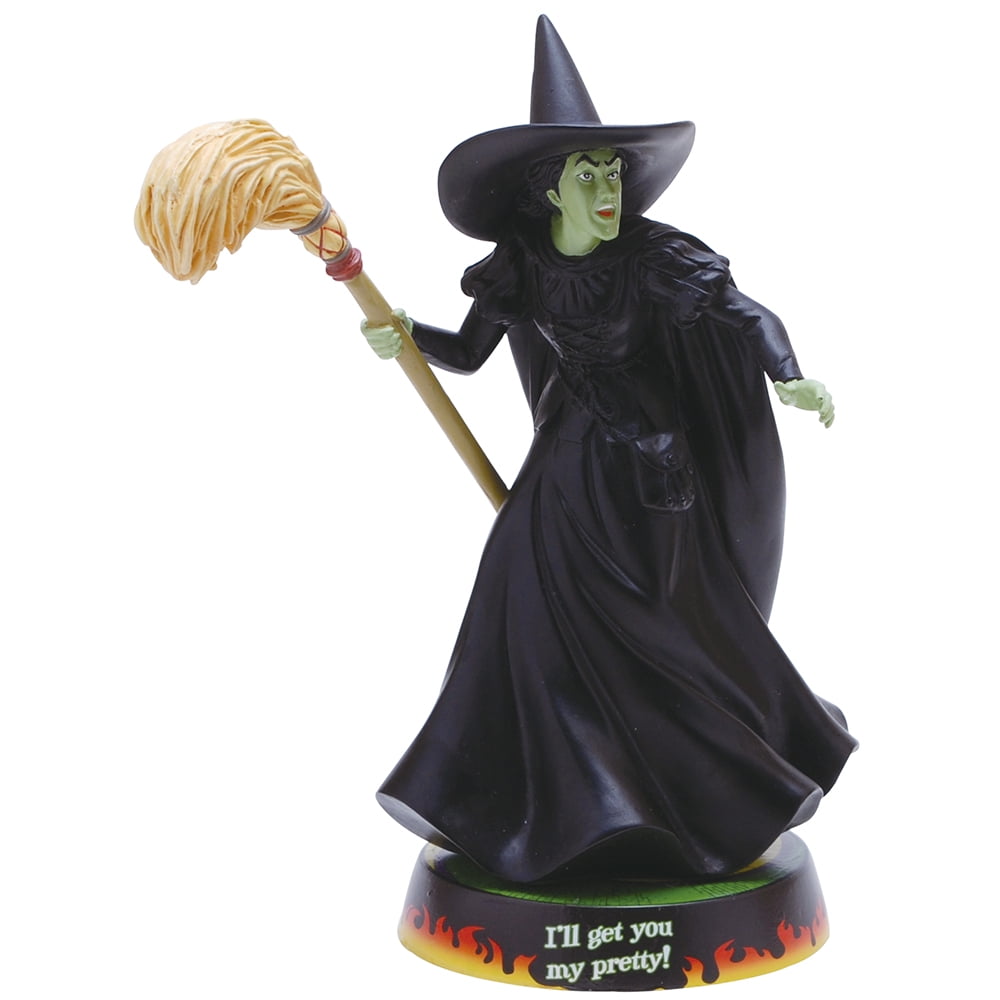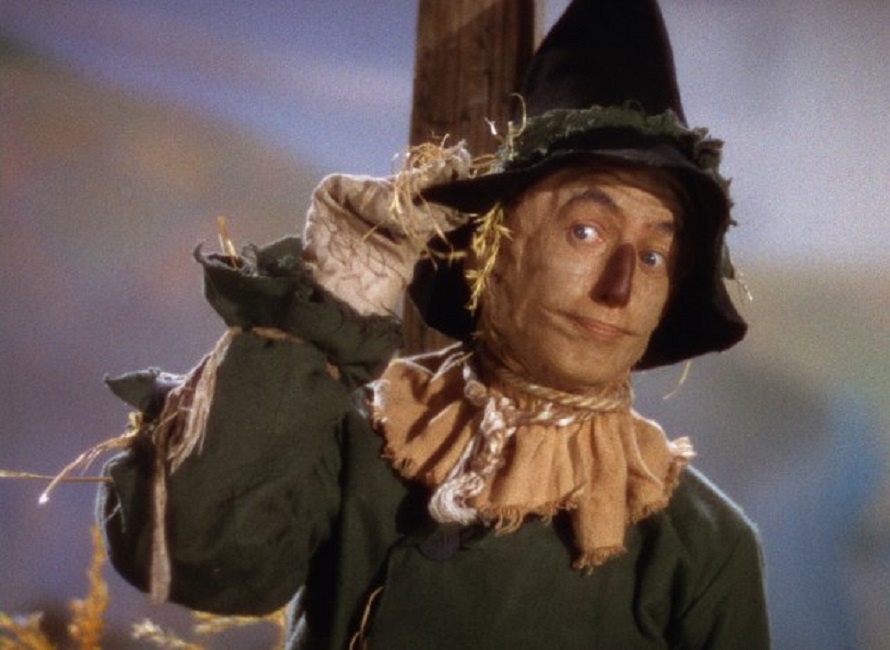

One horrified observer described them as 'an unholy assembly of pimps, hookers and gamblers'. There were rumours of sex parties in the famous Culver Hotel (subsequently owned by John Wayne) where they all lived during filming and stories of wild evenings with rooms ransacked and actors swinging from the rafters. Rumours of rowdy sex parties and drunken antics Many pointed out later that they were being paid far less than anyone else on the film - including Toto the dog.

His character, the Coroner, is the one who squeaks that the Wicked Witch of the East is 'not only merely dead, she's really most sincerely dead.'ĭespite his starring role, he said Singer stole a big percentage of his wages. With a background as a salesman and fairground barker, Raabe was cast as one of the more prominent Munchkins, with a speaking part. One of the performers, Meinhardt Raabe, recalled why. Singer was put in charge of them all - looking after their lodging, food and attendance on set. In its search, MGM advertised all over the country, visited circuses and sent out talent scouts.Īs soon as word got out, little people began to arrive in Hollywood by bus and train looking for a part. The studio did not want small adults or children. Shockingly he had bought some of them as children from their parents, who wanted to get rid of them.īy 1938, he had gathered a stable of 100 performers and was based in America. The task of assembling the troupe fell to a man named Leo Singer.īorn in Germany as Baron Leopold Van Singer, he had put together a troupe of touring little people who took part in vaudeville shows all over Europe. MGM decided they wanted to cast little people in the roles - and needed as many as 350 performers to act in the movie. Frank Baum's 1900 novel The Wonderful Wizard Of Oz, he describes the Munchkins only as shorter than usual in stature and clad from top to toe in blue. The German baron who bought little people from their parents The actress struggled with substance abuse issues for years. 'Such subjective critique made during her formative years haunted Garland into adulthood', write Scarfone and Stillman. The pep part of the drug was so strong the studio prescribed sleeping pills to knock Judy out at night.Īll of this criticism was devastating to Garland's fragile psyche. 'While the Dexedrine provided pep, unknown was its potential for addictive misuse and adverse side effects including paranoia and insomnia', write authors Jay Scarfone and William Stillman. The studio prescribed Dexedrine, a drug new to the market in 1937 and typically given to treat Narcolepsy, depression and obesity. The final prong in their aggressive, abusive weight loss programme was experimental diet pills.

Maybe it's my conscience.'īosses even assigned a personal athletic conditioner, Bobbie Koshay, to the actress to get her exercising and put her through rigorous physical training including badminton, swimming, hiking and tennis. 'At least I feel that everybody's watching.

'Everybody in the restaurant is watching to see that I don't snitch an extra dessert or something,' Judy told one reporter. Her paranoia is documented in interviews from the time. The actress was also forced to go on a diet and was watched every time she sat down to eat in the MGM commissary. The wardrobe department created a bizarre looking corset contraption for her to wear, which Judy swore was made of iron. But it successfully held down her breasts and the long wig with curls that toppled over her shoulders added to the deception. Judy was considered 'pudgy' with crooked teeth and had already started developing breasts, which would have to be taped down for her to play the role of a child. However there were perceived flaws with their would-be leading lady, according to authors of 2018 book The Road to Oz: The Evolution, Creation, and Legacy of a Motion Picture Masterpiece. Bosses had been eyeing up Shirley Temple for the role but Judy had the singing chops, rising star power, and was the darling of MGM's co-founder and producer Louis B.


 0 kommentar(er)
0 kommentar(er)
